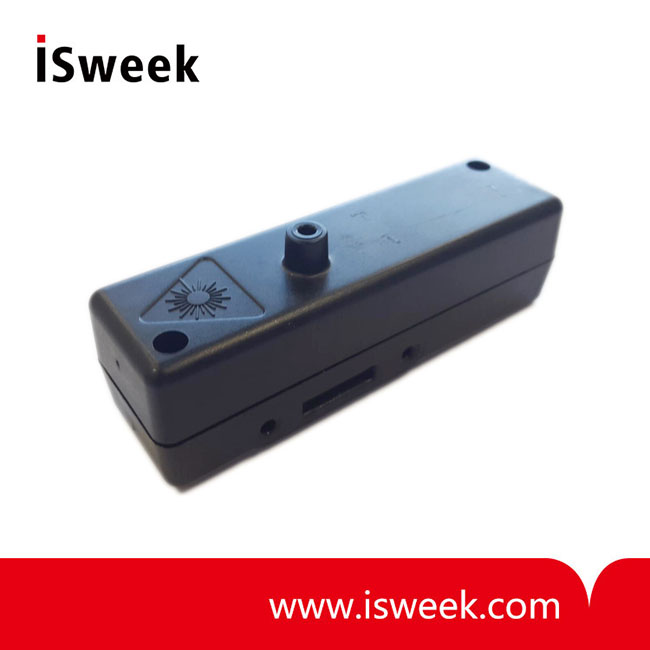“2018 Central Ventilation Industry Conference” was held in Shanghai by Indoor Environment Control and Health Branch of CAEPI recently, during which many participants discussed keenly about the breakthroughs in central ventilation industry.
According to a survey done by WHO, morbidity rate of respiratory diseases and flu in China stays at a high level because of environment pollution. This situation draws peoples attention on air quality, so masks, air purifiers and central ventilation system become market hits, which even form a sizeable “air economy”. consequently, central ventilation system, after a long while of silence, embraces a brand-new climax.

What is central ventilation system?
Central ventilation system is a new type of indoor air cleaning facility which exchange air between indoor and outdoor by forced air supply and emission. This open type air circulation system can supply oxygen-enriched air indoors 24h round, and has been popularized since 1970s in Europe and America. For now, the system is also widely applied in commercial residential buildings and household.
Functions of a central ventilation system
- Ventilate and add oxygen indoors;
- Filter PM2.5 and resist fog and haze;
- Eliminate harmful gas indoors for human health;
- Control indoor temperature and humidity.
Use of PM2.5 Sensors in Central Ventilation Systems
The key function of central ventilation system is to filter PM2.5 and haze in the air, so as to purify the air. Based on optical scattering theory, the sensing module monitor and detect the concentration of dust. The PM2.5 sensor has an IRED and a high sensitivity photoelectric receiving sensor inbuilt in it. Dust can reflect the light emitted by IRED, and photoelectric sensor can obtain the concentration of dust based on the strength of reflection. When the concentration gets too high, central ventilation system will start-up its PM2.5 filtering function automatically to purify the air.
With the development of economy and enhancement of people’s living standard, people are paying more attention on environment problems, especially frequent fog and haze in north China. As the major ingredient of haze, PM2.5 become an important index in air quality report made by environment protection department, PM2.5 detection techniques are thus well researched.
Conventional PM 2.5 detectors are often expensive yet hard to use, making it hard to popularize them for household use. Therefore small, portable and convenient environment detectors with PM2.5 sensors inbuilt appear in the market. These detectors are of good performance and can monitor PM2.5 real-time, suitable for home environment and detection characteristics of temperature and humidity. Among these products, ISWeek recommends following PM2.5 sensors:

SHARP PM2.5 sensor/dust sensor – GP2Y1010AU0F (Japan)
Sharp PM2.5/dust sensor GP2Y1010AU0F is a type of IR dust sensor that can detect particles of 0.8μm, like pollen and cigarette smoke. It is ideal for air purifiers.

Samyoung dust sensor – DSM501 (Korea)
Dust sensor/PM2.5 sensor DSM501 is capable of sensing cigarette smoke, pollen and indoor dust. Its automatic air inlet unit can be heated to adjust its resistance to set measurable size of particles. It works on the same theory of particle calculators to detect the absolute number of particles in unit volume.

Samyoung PM2.5 sensor – PDSM010 (Korea)
PM2.5 sensor PDSM010 is capable of detecting particles of about 1㎛, including indoor dust, pollen, microorganism, dust mites and cigarette smoke. It can measure concentration of floating particles in a room within 30㎥.






